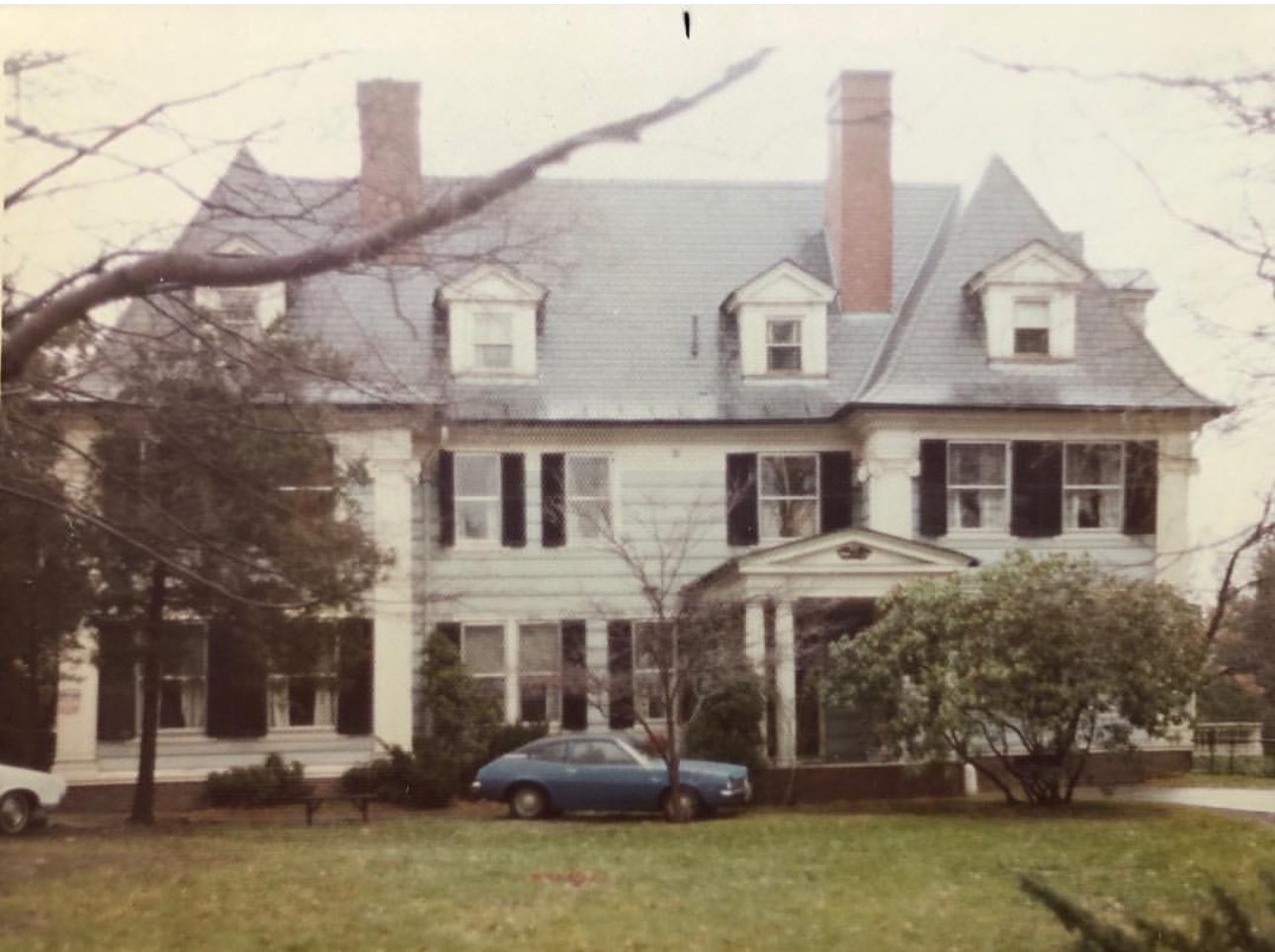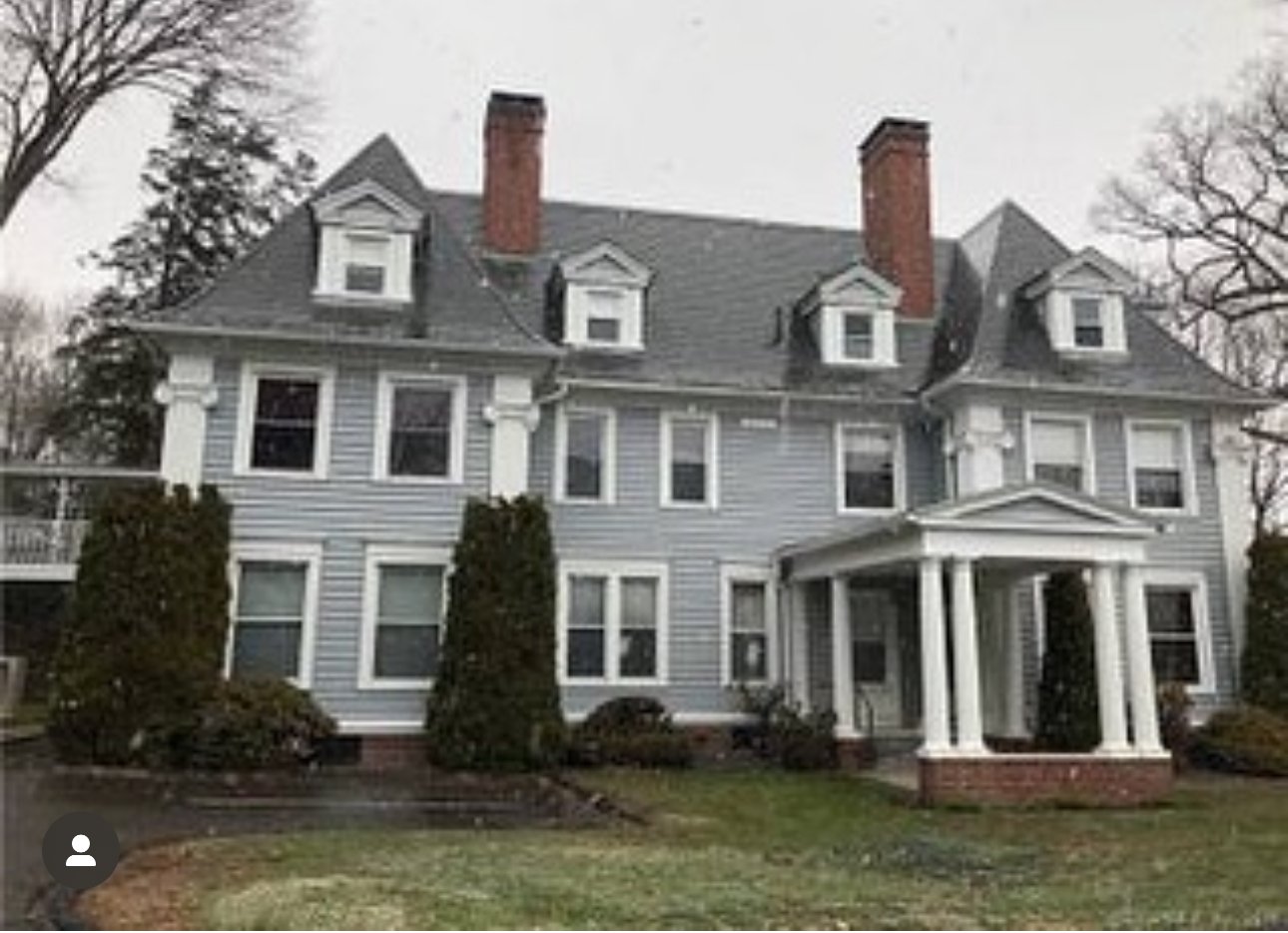People of Naugatuck
Howard B. Tuttle
Excerpt from document in collection:
…
Mr. Tuttle died at his summer home in Middlebury, September 12, 1903. Mrs. Tuttle lived until 1928. She traveled much during her life and brought back many curios she found a place in her lovely home. She enjoyed the fine arts and flowers.
When she died the house was left to her son, Howard B. Tuttle, and then to his family, who cared for it affectionately for a number of years.
On September 11, 1935, the property was given to the Town of Naugatuck (for the sum of one dollar) to be used for educational and recreational purposes. It was to be “under the jurisdiction of the Board of Education until such time as we have a park commission.”
This was a very generous gift.
So the Tuttle Place was destined to become school and ball-park, campus and parade-ground, art center and music-hall, and, in recent months, to represent the Government itself to the community of Naugatuck. The years have brought many changes, and we are the fortunate generation which gains by them.
…
Excerpt from document in collection:
TUTTLE FAMILY IN NAUGATUCK
…
Howard B. Tuttle, the only child of Bronson Beecher Tuttle and Mary Ann (Wilcox) Tuttle, was born in Naugatuck, October 25th, 1863. He married Jeannette Phelps Seymour of Naugatuck. He died Sept. 29th, 1933.
41 Millville Ave.
Designed in 1903 for Howard Beecher Tuttle and Jeannette Seymour Tuttle and their three children: Donald, Ruby and Muriel. H.B. Tuttle, who served as warden (mayor) of Naugatuck for five terms, was an executive of the Eastern Malleable Iron Co., founded in 1858 by his father Bronson B. Tuttle and J.H. Whittemore.
A. Milton Napier, designer of the house, was a master of the Colonial Revival style. Napier worked in the prestigious architectural firm of McKim, Mead and White from 1887 to 1896 and later operated the Tide-Water Building Company, which oversaw construction of numerous buildings for the Tuttles and Whittemores in Naugatuck and Middlebury, including the Westover School.
Howard passed away in 1933 but his wife, Jeanette, lived in the house until her death in 1955. The house then became Jones Nursing Home in November of 1956 until 1983. The house then sat vacant for a few years until the conversion to condos began in January 1989. The conversion was well planned so that most of its historic features have been preserved and each unit is unique. They still retain good examples of crown molding, high ceilings, and original fireplaces. During the years, additional units were added as an annex to the original mansion, and in the early 1990s, the carriage house at the top of the property burned down and a new, three-unit building was added.

41 Millville Ave. c. 1903

41 Millville Ave. c. 1972

41 Millville Ave. c. Feb. 2019
